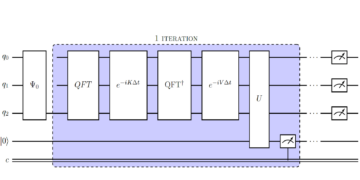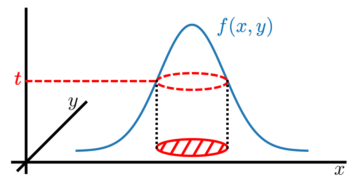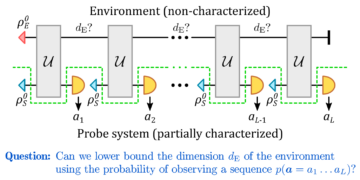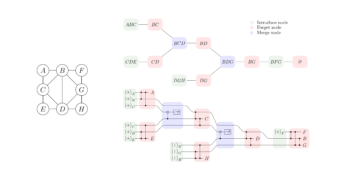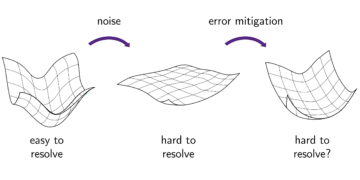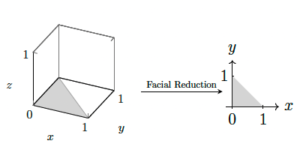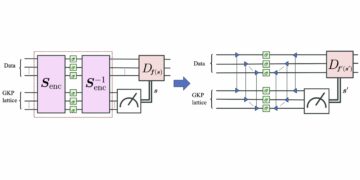ICFO-Institut de Ciencies Fotoniques, The Barcelona Institute of Science and Technology, 08860 Castelldefels (Barcelona), Spain
Scuola Normale Superiore, I-56126 Pisa, Italy
Find this paper interesting or want to discuss? Scite or leave a comment on SciRate.
Abstract
Non-Markovian dynamics are characterized by information backflows, where the evolving open quantum system retrieves part of the information previously lost in the environment. Hence, the very definition of non-Markovianity implies an initial time interval when the evolution is noisy, otherwise no backflow could take place. We identify two types of initial noise, where the first has the only effect of degrading the information content of the system, while the latter is essential for the appearance of non-Markovian phenomena. Therefore, all non-Markovian evolutions can be divided into two classes: noisy non-Markovian (NNM), showing both types of noise, and pure non-Markovian (PNM), implementing solely essential noise. We make this distinction through a timing analysis of fundamental non-Markovian features. First, we prove that all NNM dynamics can be simulated through a Markovian pre-processing of a PNM core. We quantify the gains in terms of information backflows and non-Markovianity measures provided by PNM evolutions. Similarly, we study how the entanglement breaking property behaves in this framework and we discuss a technique to activate correlation backflows. Finally, we show the applicability of our results through the study of several well-know dynamical models.
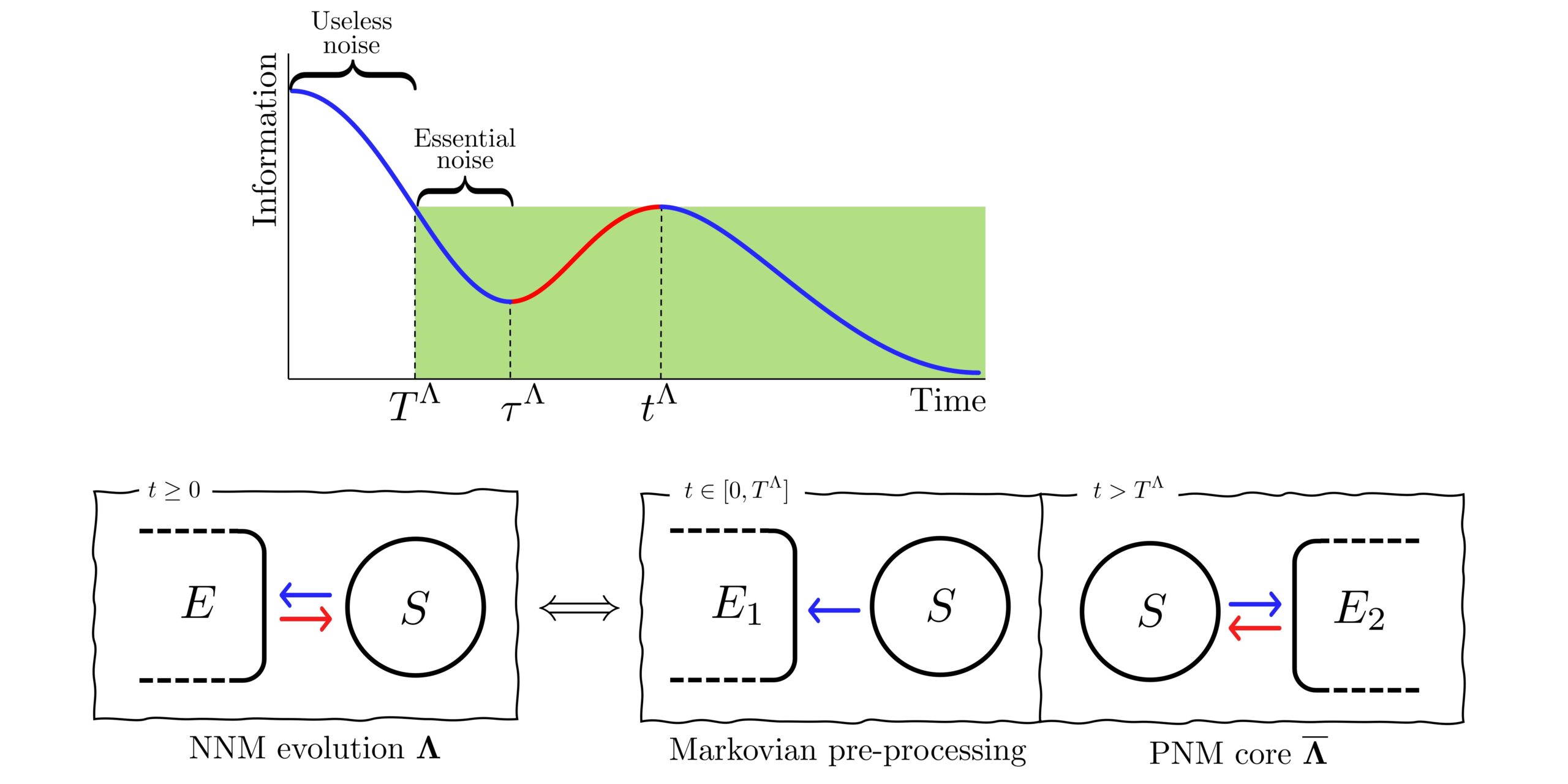
Featured image: Top: We identify two types of initial noise for non-Markovian (NM) evolutions: useless noise, which solely degrades the information content of the system, and essential noise, which is necessary for the appearance of NM phenomena, namely information backflows. Hence, we divide NM evolutions into noisy non-Markovian (NNM), showing both types of noise, and pure non-Markovian (PNM), implementing only essential noise. Bottom: NNM evolutions $mathbf Lambda$ can be simulated as follows. The system interacts with a first environment $E_1$ and information is lost monotonically. This Markovian pre-processing coincides with the useless noise of $mathbf Lambda$. Later, $E_2$ is discarded, the system evolves while interacting with $E_2$ and NM phenomena are observed. This stage corresponds to the PNM core $overline{mathbf Lambda}$ of $mathbf Lambda$. Information losses are represented in blue and backflows in red.
► BibTeX data
► References
[1] H.-P. Breuer and F. Petruccione. “The Theory of Open Quantum Systems”. Oxford University Press. (2007).
https://doi.org/10.1093/acprof:oso/9780199213900.001.0001
[2] Á. Rivas and S. F. Huelga. “Open quantum systems. an introduction”. Springer, Heidelberg. (2011).
https://doi.org/10.1007/978-3-642-23354-8
[3] D. Chruściński. “Dynamical maps beyond markovian regime”. Physics Reports 992, 1–85 (2022).
https://doi.org/10.1016/j.physrep.2022.09.003
[4] Á. Rivas, S. F. Huelga, and M. B. Plenio. “Quantum non-markovianity: characterization, quantification and detection”. Reports on Progress in Physics 77, 094001 (2014).
https://doi.org/10.1088/0034-4885/77/9/094001
[5] H.-P. Breuer, E.-M. Laine, J. Piilo, and B. Vacchini. “Colloquium: Non-markovian dynamics in open quantum systems”. Rev. Mod. Phys. 88, 021002 (2016).
https://doi.org/10.1103/RevModPhys.88.021002
[6] I. de Vega and D. Alonso. “Dynamics of non-markovian open quantum systems”. Rev. Mod. Phys. 89, 015001 (2017).
https://doi.org/10.1103/RevModPhys.89.015001
[7] Li L., M. J. W. Hall, and H. M. Wiseman. “Concepts of quantum non-markovianity: A hierarchy”. Physics Reports 759, 1–51 (2018).
https://doi.org/10.1016/j.physrep.2018.07.001
[8] D. Chruściński, Á. Rivas, and E. Størmer. “Divisibility and information flow notions of quantum markovianity for noninvertible dynamical maps”. Phys. Rev. Lett. 121, 080407 (2018).
https://doi.org/10.1103/PhysRevLett.121.080407
[9] W. F. Stinespring. “Positive functions on c*-algebras”. Proceedings of the American Mathematical Society 6, 211–216 (1955).
https://doi.org/10.2307/2032342
[10] K. Kraus. “General state changes in quantum theory”. Annals of Physics 64, 311–335 (1971).
https://doi.org/10.1016/0003-4916(71)90108-4
[11] B. Bylicka, M. Johansson, and A. Acín. “Constructive method for detecting the information backflow of non-markovian dynamics”. Phys. Rev. Lett. 118, 120501 (2017).
https://doi.org/10.1103/PhysRevLett.118.120501
[12] D. De Santis, M. Johansson, B. Bylicka, N. K. Bernardes, and A. Acín. “Correlation measure detecting almost all non-markovian evolutions”. Phys. Rev. A 99, 012303 (2019).
https://doi.org/10.1103/PhysRevA.99.012303
[13] F. Buscemi and N. Datta. “Equivalence between divisibility and monotonic decrease of information in classical and quantum stochastic processes”. Phys. Rev. A 93, 012101 (2016).
https://doi.org/10.1103/PhysRevA.93.012101
[14] D. De Santis and M. Johansson. “Equivalence between non-markovian dynamics and correlation backflows”. New Journal of Physics 22, 093034 (2020).
https://doi.org/10.1088/1367-2630/abaf6a
[15] M.-D. Choi. “Completely positive linear maps on complex matrices”. Linear Algebra and its Applications 10, 285–290 (1975).
https://doi.org/10.1016/0024-3795(75)90075-0
[16] A. Jamiołkowski. “Linear transformations which preserve trace and positive semidefiniteness of operators”. Reports on Mathematical Physics 3, 275–278 (1972).
https://doi.org/10.1016/0034-4877(72)90011-0
[17] Á. Rivas, S. F. Huelga, and M. B. Plenio. “Entanglement and non-markovianity of quantum evolutions”. Phys. Rev. Lett. 105, 050403 (2010).
https://doi.org/10.1103/PhysRevLett.105.050403
[18] D. Chruściński and F. A. Wudarski. “Non-markovian random unitary qubit dynamics”. Physics Letters A 377, 1425–1429 (2013).
https://doi.org/10.1016/j.physleta.2013.04.020
[19] M. J. W. Hall, J. D. Cresser, L. Li, and E. Andersson. “Canonical form of master equations and characterization of non-markovianity”. Phys. Rev. A 89, 042120 (2014).
https://doi.org/10.1103/PhysRevA.89.042120
[20] F. Benatti, D. Chruściński, and S. Filippov. “Tensor power of dynamical maps and positive versus completely positive divisibility”. Phys. Rev. A 95, 012112 (2017).
https://doi.org/10.1103/PhysRevA.95.012112
[21] N. Megier, D. Chruściński, J. Piilo, and W. T. Strunz. “Eternal non-markovianity: from random unitary to markov chain realisations”. Sci. Rep. 7, 6379 (2017).
https://doi.org/10.1038/s41598-017-06059-5
[22] D. De Santis, M. Johansson, B. Bylicka, N. K. Bernardes, and A. Acín. “Witnessing non-markovian dynamics through correlations”. Phys. Rev. A 102, 012214 (2020).
https://doi.org/10.1103/PhysRevA.102.012214
[23] H.-P. Breuer, E.-M. Laine, and J. Piilo. “Measure for the degree of non-markovian behavior of quantum processes in open systems”. Phys. Rev. Lett. 103, 210401 (2009).
https://doi.org/10.1103/PhysRevLett.103.210401
[24] S. Luo, S. Fu, and H. Song. “Quantifying non-markovianity via correlations”. Phys. Rev. A 86, 044101 (2012).
https://doi.org/10.1103/PhysRevA.86.044101
[25] C. Addis, B. Bylicka, D. Chruściński, and S. Maniscalco. “Comparative study of non-markovianity measures in exactly solvable one- and two-qubit models”. Phys. Rev. A 90, 052103 (2014).
https://doi.org/10.1103/PhysRevA.90.052103
[26] D. De Santis and V. Giovannetti. “Measuring non-markovianity via incoherent mixing with markovian dynamics”. Phys. Rev. A 103, 012218 (2021).
https://doi.org/10.1103/PhysRevA.103.012218
[27] D. Chruściński and S. Maniscalco. “Degree of non-markovianity of quantum evolution”. Phys. Rev. Lett. 112, 120404 (2014).
https://doi.org/10.1103/PhysRevLett.112.120404
[28] C. Pineda, T. Gorin, D. Davalos, D. A. Wisniacki, and I. García-Mata. “Measuring and using non-markovianity”. Phys. Rev. A 93, 022117 (2016).
https://doi.org/10.1103/PhysRevA.93.022117
[29] J. Kołodyński, S. Rana, and A. Streltsov. “Entanglement negativity as a universal non-markovianity witness”. Phys. Rev. A 101, 020303 (2020).
https://doi.org/10.1103/PhysRevA.101.020303
[30] D. De Santis, D. Farina, M. Mehboudi, and A. Acín. “Ancillary gaussian modes activate the potential to witness non-markovianity”. New Journal of Physics 25, 023025 (2023).
https://doi.org/10.1088/1367-2630/acba3a
[31] X.-M. Lu, X. Wang, and C. P. Sun. “Quantum fisher information flow and non-markovian processes of open systems”. Phys. Rev. A 82, 042103 (2010).
https://doi.org/10.1103/PhysRevA.82.042103
[32] P. Abiuso, M. Scandi, D. De Santis, and J. Surace. “Characterizing (non-)Markovianity through Fisher information”. SciPost Phys. 15, 014 (2023).
https://doi.org/10.21468/SciPostPhys.15.1.014
[33] S. Lorenzo, F. Plastina, and M. Paternostro. “Geometrical characterization of non-markovianity”. Phys. Rev. A 88, 020102 (2013).
https://doi.org/10.1103/PhysRevA.88.020102
[34] M. M. Wolf and J. I. Cirac. “Dividing quantum channels”. Commun. Math. Phys. 279, 147–168 (2008).
https://doi.org/10.1007/s00220-008-0411-y
Cited by
Could not fetch Crossref cited-by data during last attempt 2023-09-26 14:35:53: Could not fetch cited-by data for 10.22331/q-2023-09-26-1124 from Crossref. This is normal if the DOI was registered recently. On SAO/NASA ADS no data on citing works was found (last attempt 2023-09-26 14:35:54).
This Paper is published in Quantum under the Creative Commons Attribution 4.0 International (CC BY 4.0) license. Copyright remains with the original copyright holders such as the authors or their institutions.
- SEO Powered Content & PR Distribution. Get Amplified Today.
- PlatoData.Network Vertical Generative Ai. Empower Yourself. Access Here.
- PlatoAiStream. Web3 Intelligence. Knowledge Amplified. Access Here.
- PlatoESG. Carbon, CleanTech, Energy, Environment, Solar, Waste Management. Access Here.
- PlatoHealth. Biotech and Clinical Trials Intelligence. Access Here.
- Source: https://quantum-journal.org/papers/q-2023-09-26-1124/
- :has
- :is
- :not
- :where
- ][p
- 001
- 003
- 07
- 09
- 1
- 10
- 102
- 11
- 118
- 12
- 121
- 13
- 14
- 15%
- 16
- 17
- 19
- 20
- 2008
- 2009
- 2010
- 2011
- 2012
- 2013
- 2014
- 2016
- 2017
- 2018
- 2019
- 2020
- 2021
- 2022
- 2023
- 22
- 23
- 24
- 25
- 26
- 27
- 28
- 29
- 30
- 31
- 32
- 33
- 54
- 7
- 72
- 75
- 77
- 8
- 9
- 90
- a
- ABSTRACT
- access
- addis
- affiliations
- All
- almost
- American
- an
- analysis
- and
- applications
- ARE
- AS
- attempt
- author
- authors
- b
- barcelona
- BD
- BE
- behavior
- between
- Beyond
- Blue
- both
- Bottom
- Break
- Breaking
- by
- CAN
- chain
- Changes
- channels
- characterized
- citing
- classes
- coincides
- comment
- Commons
- completely
- complex
- content
- continuity
- copyright
- Core
- Correlation
- correlations
- corresponds
- could
- data
- de
- decrease
- definition
- Degree
- Den
- Detection
- discuss
- distinction
- divide
- divided
- during
- dynamics
- e
- effect
- entanglement
- Environment
- equations
- essential
- Ether (ETH)
- evolution
- evolutions
- evolves
- evolving
- exactly
- Features
- Finally
- First
- flow
- follows
- For
- form
- found
- Framework
- from
- fu
- functions
- fundamental
- Gains
- Hall
- harvard
- hence
- hierarchy
- holders
- How
- HTTPS
- i
- identify
- if
- image
- implementing
- in
- information
- initial
- Institute
- institutions
- interacting
- interacts
- interesting
- International
- into
- Introduction
- ITS
- JavaScript
- journal
- jpg
- Last
- later
- Leave
- li
- License
- losses
- lost
- make
- Maps
- master
- math
- mathematical
- max-width
- measure
- measures
- method
- Mixing
- models
- modes
- Month
- namely
- necessary
- New
- no
- Noise
- normal
- observed
- of
- on
- only
- open
- operators
- or
- original
- otherwise
- our
- Oxford
- oxford university
- pages
- Paper
- part
- Physics
- Place
- plato
- Plato Data Intelligence
- PlatoData
- positive
- potential
- power
- press
- previously
- Proceedings
- processes
- Progress
- property
- Prove
- provided
- published
- publisher
- quantification
- Quantum
- quantum systems
- Qubit
- random
- recently
- Red
- references
- regime
- registered
- remains
- Reports
- represented
- Results
- s
- sab
- SCI
- Science
- Science and Technology
- several
- show
- showing
- Similarly
- Society
- solely
- song
- Stage
- State
- Study
- such
- Sun
- system
- Systems
- T
- Take
- Technology
- terms
- that
- The
- the information
- their
- theory
- therefore
- this
- Through
- time
- timing
- Title
- to
- top
- trace
- transformations
- two
- types
- under
- Universal
- university
- URL
- using
- Vault
- Versus
- very
- via
- volume
- W
- wang
- want
- was
- we
- when
- which
- while
- with
- witness
- Wolf
- works
- X
- year
- zephyrnet




